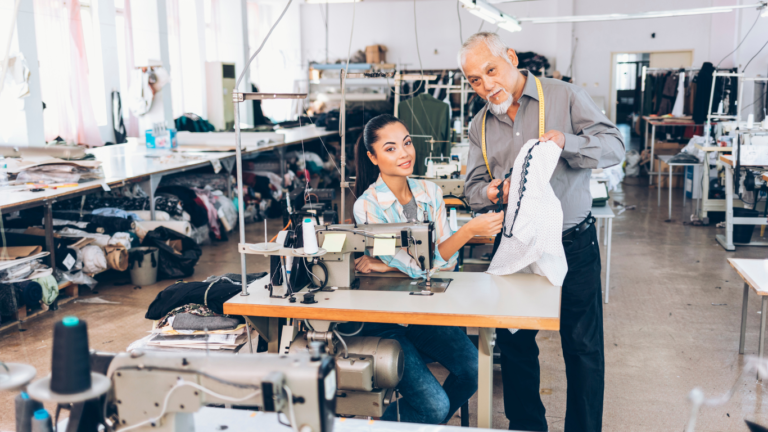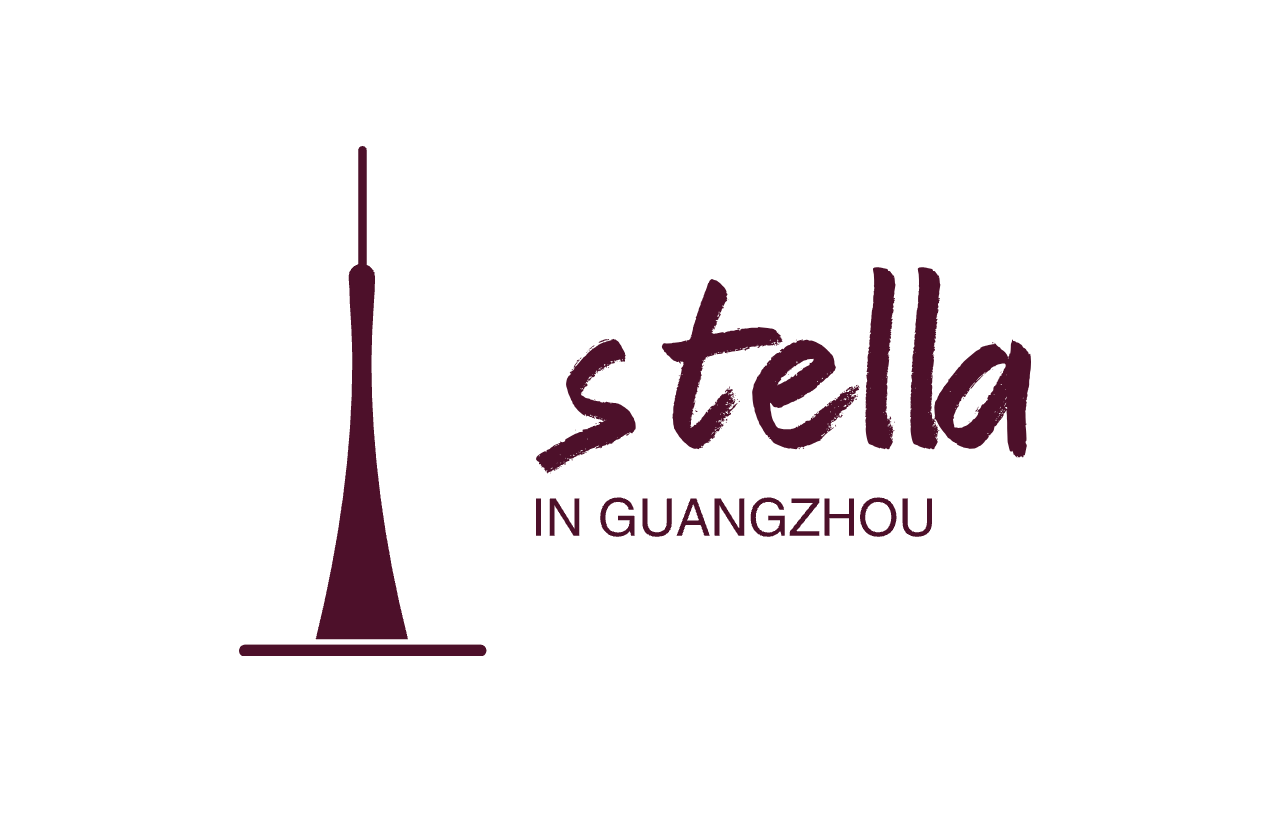Are you looking for a reliable clothing manufacturer in China? Even there are countless options available online, but finding the perfect supplier can be overwhelming. And I think the best clothing manufacturer to you isn’t necessarily the largest but the one that best meets your specific needs and is willing to cooperate closely with you. Let’s explore the key factors to consider when choosing the right clothing manufacturer in China to ensure a successful and efficient partnership.

Table of Contents
Key Factors to Consider When Choosing a Clothing Production Partner in China
1. Define Your Needs & Goals
To find the right clothing manufacturer, you need to start by clearly defining your needs and objectives. Identify your specific requirements, such as the type of clothing, target market, quality standards, and budget. This clarity will help you narrow down your options and identify suppliers that align with your goals, ensuring a better fit for your production needs.
2. Production Quantity
One of the most frequent questions asked by suppliers is about your typical production quantity. Suppliers often request a Minimum Order Quantity (MOQ) as well. Larger factories typically do not accept small orders, so if you have small quantities, it is better to work with smaller workshops that can handle these orders. By asking suppliers about their MOQ, you can initially filter out those who can meet your production needs.
By the way, if you’re interested in why suppliers always require an MOQ, you can take a look at this article. (Why Do Factories Require a Minimum Order Quantity (MOQ)?)
3. Price & Quality
Price and quality are closely linked; higher quality often comes with a higher price. You need to have a clear understanding of your target market—whether it is high-end, mid-range, or low-end. If you are targeting the high-end customer group, you will need premium quality, which will come with higher labor costs when you find a clothing manufacturer.
Suppliers often have fixed quality levels. If a supplier typically produces low-end products, it can be challenging for them to suddenly switch to producing high-quality items. Workers familiar with lower quality standards may need time and training to meet higher expectations. This will allow you to evaluate if their quality meets your expectations.
Additionally, for price discussions to be meaningful, always ensure that comparisons are based on the same physical sample. This will make the price evaluations more accurate and relevant.
4. Product Type/Styles
Ask the supplier what type of clothing they specialize in, such as knitwear, woven-wear, men’s, women’s, children’s clothing, sportswear, outerwear, or denim. Each category typically requires a specific production line. For instance, knitwear and woven garments require distinct types of sewing machines. The production of men’s, women’s, and children’s clothing involves different sizing and grading processes.
Since no factory can excel at producing every type of garment, it’s crucial to find a supplier that specializes in the specific type of clothing you need. This specialization ensures that the supplier has the appropriate expertise and equipment, leading to higher efficiency, better product quality, and lower production costs.
5. Production Capacity
Ask the supplier about their monthly and annual production volumes and the number of machinists they employ. This information will help you determine if they have the capacity to meet your production needs. Ensuring that a supplier can handle your required output is crucial for maintaining a consistent supply and meeting your delivery schedules.
6. Development Capabilities & Willingness to Cooperate
Ask if the supplier has a sample room and the ability to develop new styles. Can they source fabrics and create embellishments like embroidery or printing? Can they develop samples from a tech pack without a physical sample, or create patterns based on pictures?
Developing new styles requires significant time and effort. This process will help you assess the supplier’s development capabilities and their willingness to meet your specific requirements. Evaluating their proactive development capabilities will give you a clearer picture of their potential as a long-term partner.
7. Lead Time
Ask the supplier how long it takes to develop samples and what the lead time is for production. Ensure these timelines align with your schedule. Additionally, consider the time required for long-distance shipping to guarantee that the overall timeline meets your delivery needs.
8. Communication Efficiency

Assess how easily you can communicate with the supplier. Evaluate their reliability and willingness to collaborate based on their response time and enthusiasm. Effective communication between you and the supplier is crucial for overcoming language barriers and ensuring smooth interactions, which are essential for a successful partnership.
9. Sampling & Trial Orders
If you are satisfied with the supplier, request them to create samples for 1-2 designs. This allows us to assess their development capabilities and gain a better understanding of each other. If the samples meet your standards, proceed with trial orders or small batch production. This approach minimizes risks and enables both parties to adapt to each other’s processes, establishing a smoother long-term collaboration.
By considering these key factors, you can navigate the selection process more effectively and find a clothing manufacturer in China that best suits your needs.
Now that you have a solid understanding of the key factors to consider when choosing a clothing production partner in China, let’s move on to discovering the ways to find the perfect clothing manufacturer for your business.
Ways to find Potential Suppliers
1. Online Platforms
Online platforms such as Alibaba and Made-in-China are resources for identifying potential suppliers. These platforms offer extensive supplier directories where you can filter based on your specific needs, such as product type, production capacity, and quality standards. Additionally, you can review ratings and customer feedback to assess the reliability and quality of each supplier.
2. Trade Shows and Exhibitions
Attending trade shows and exhibitions is another effective method for finding suppliers. These events provide a unique opportunity to meet suppliers face-to-face, allowing for direct communication and the chance to see products firsthand. I highly recommend the Canton Fair, the largest and most comprehensive trade show in China, held twice a year in Guangzhou.
3. Partner with Me
With years of experience in the apparel industry, I can assist you in finding the most suitable suppliers. Or acting as your direct point of contact, I can manage all communications and oversee the entire production process, ensuring that your requirements are precisely met. This partnership allows you to focus on other aspects of your business while confidently awaiting the delivery of your perfectly produced goods.
If you are interested in exploring the possibility of working together, please email me or Whatsapp.
I hope this article has been helpful to you. If you need further assistance or guidance, feel free to contact me.
If you found this article useful, you may also be interested in these related posts:
New Sample Development Process At Factory


